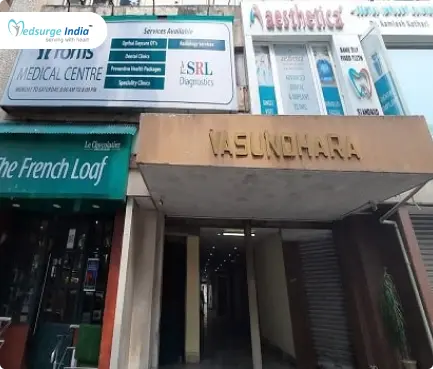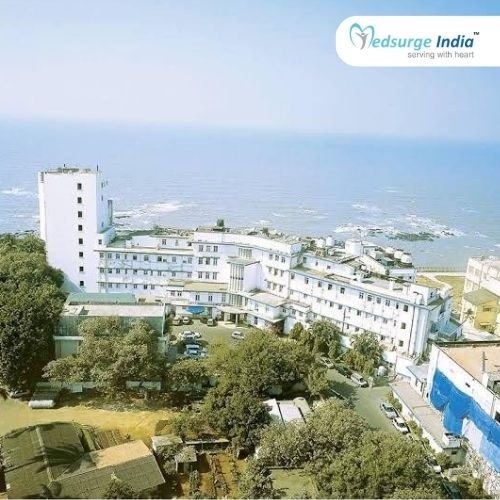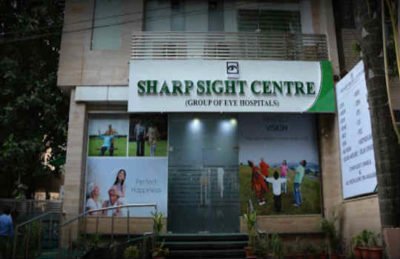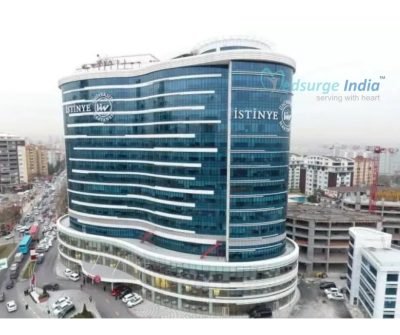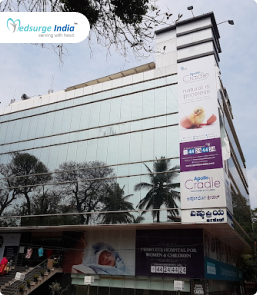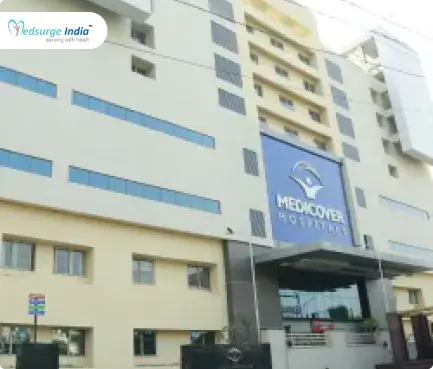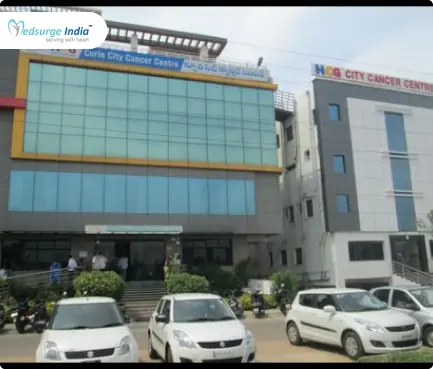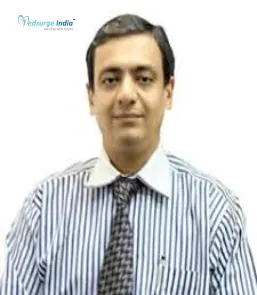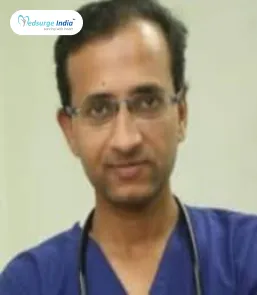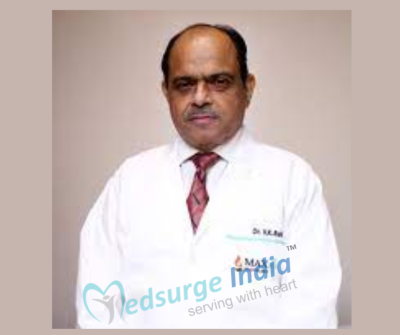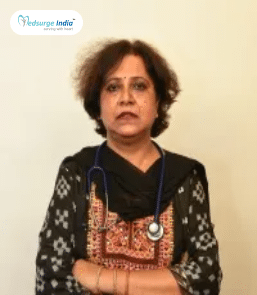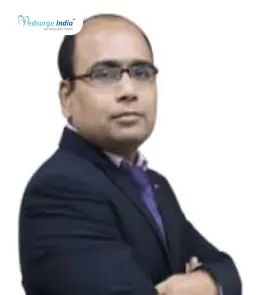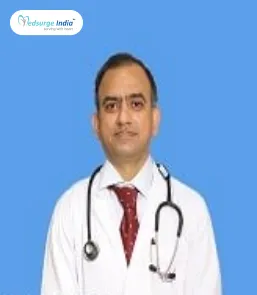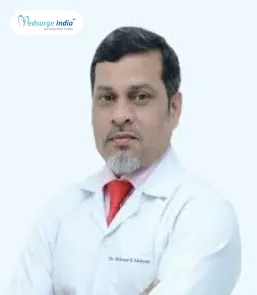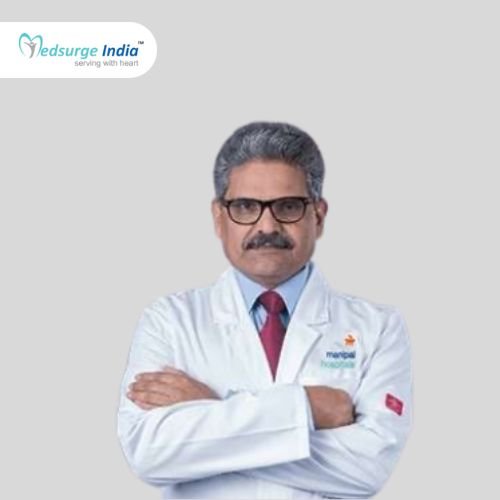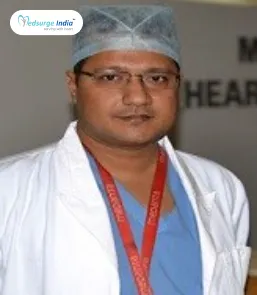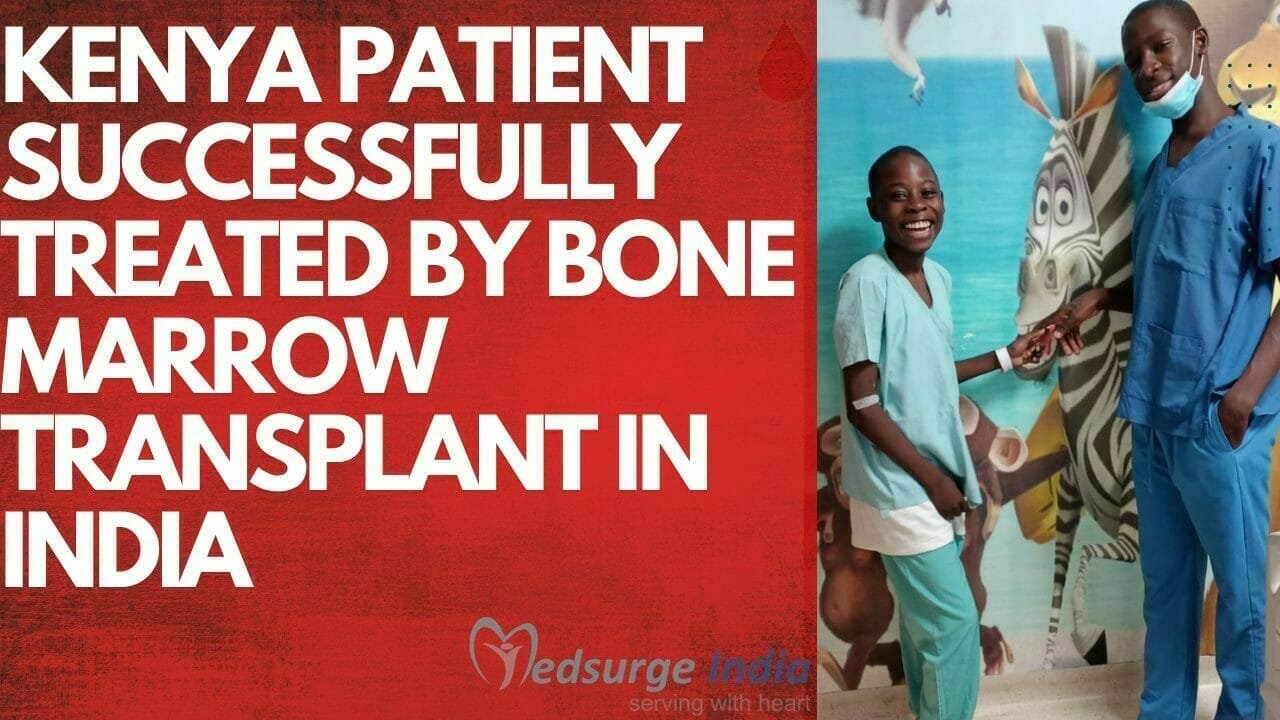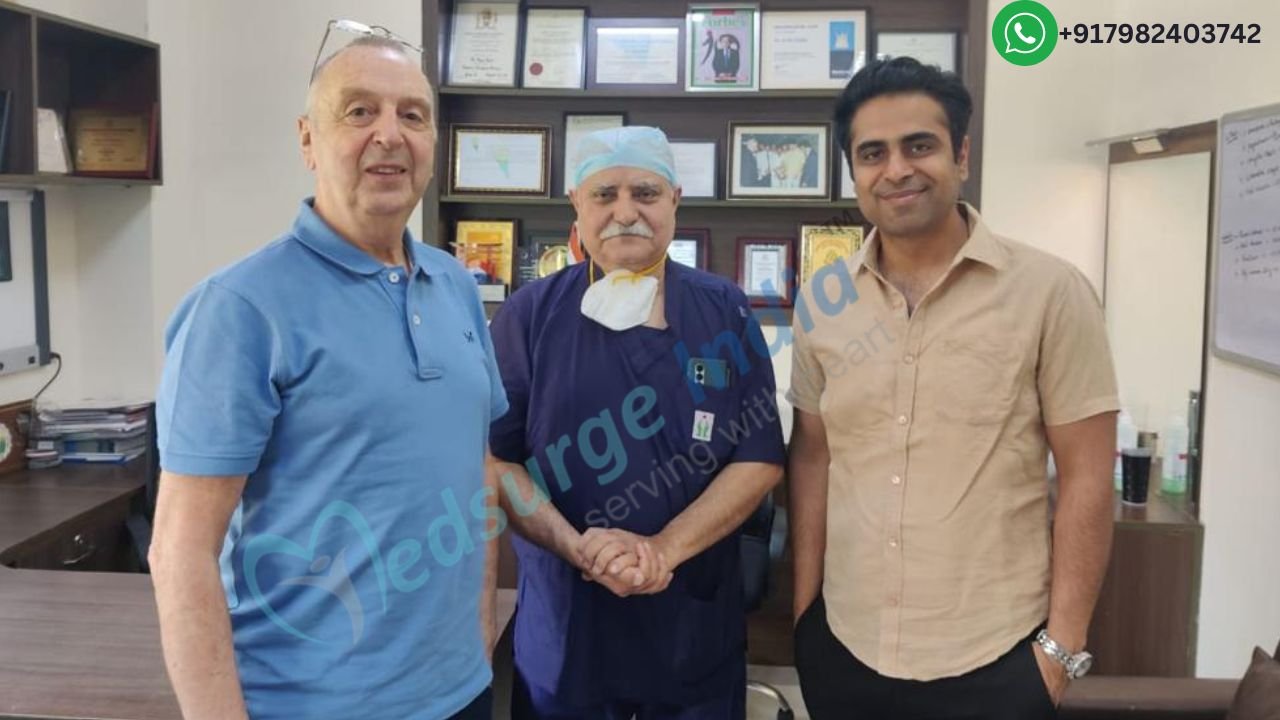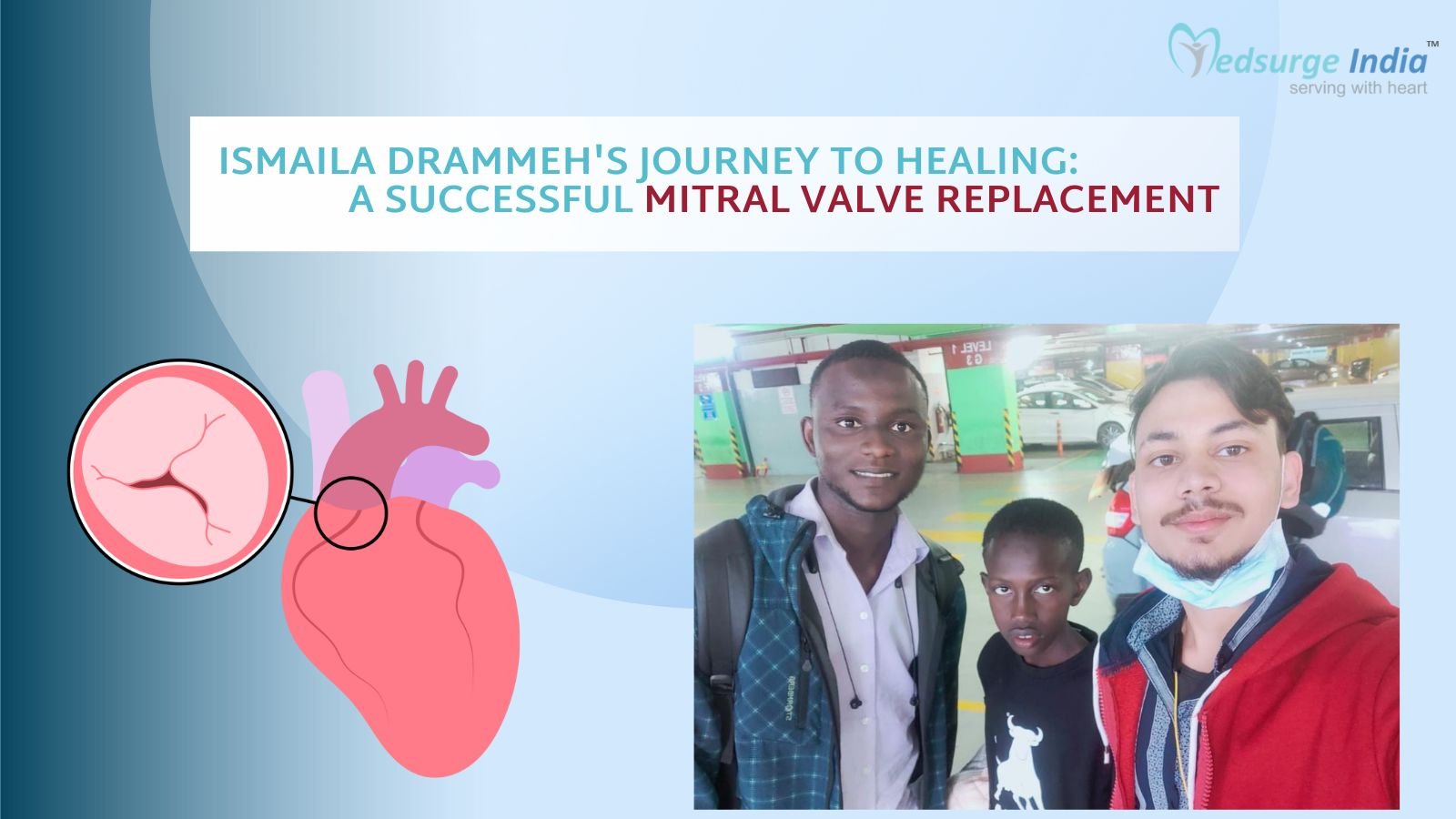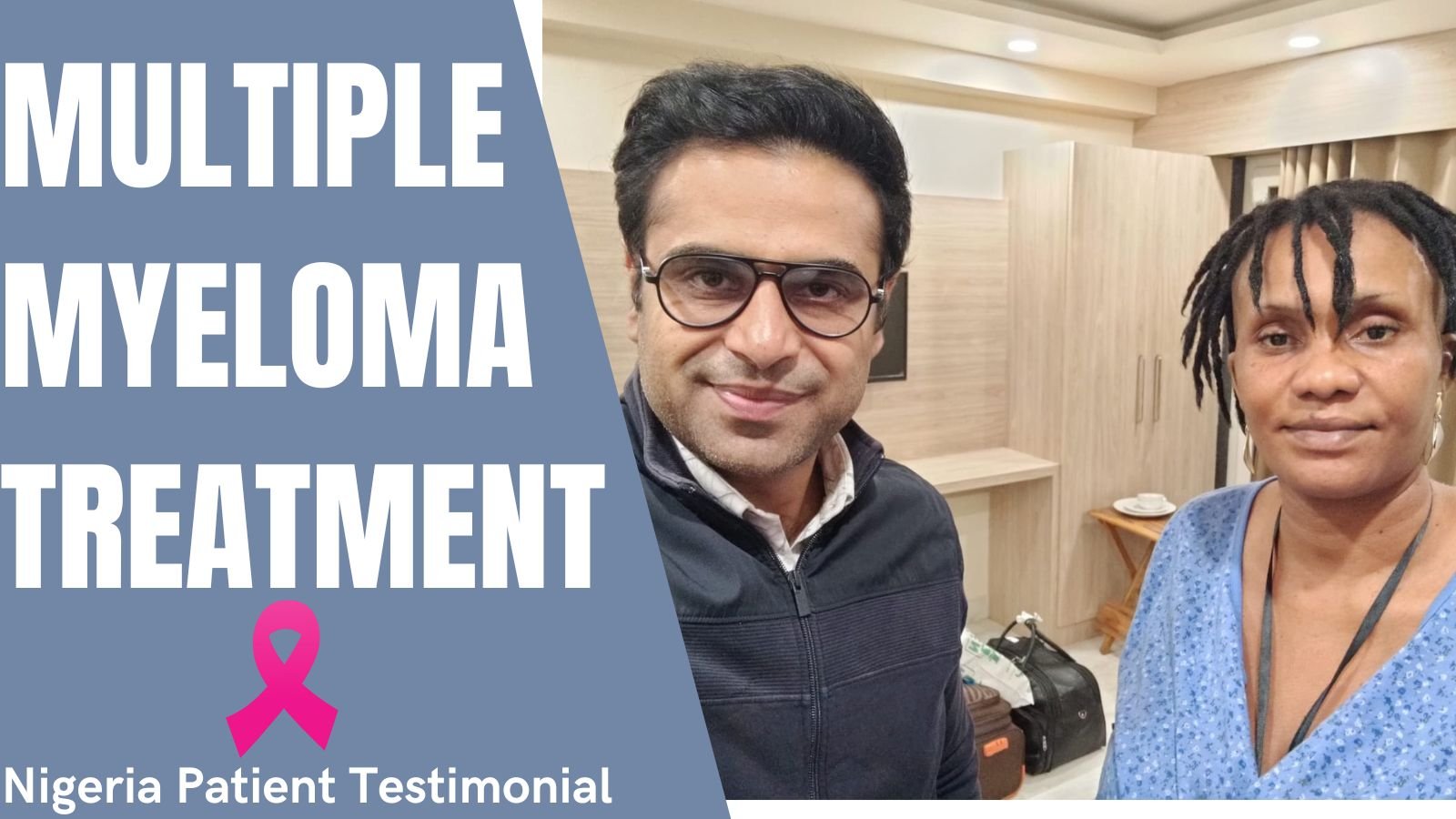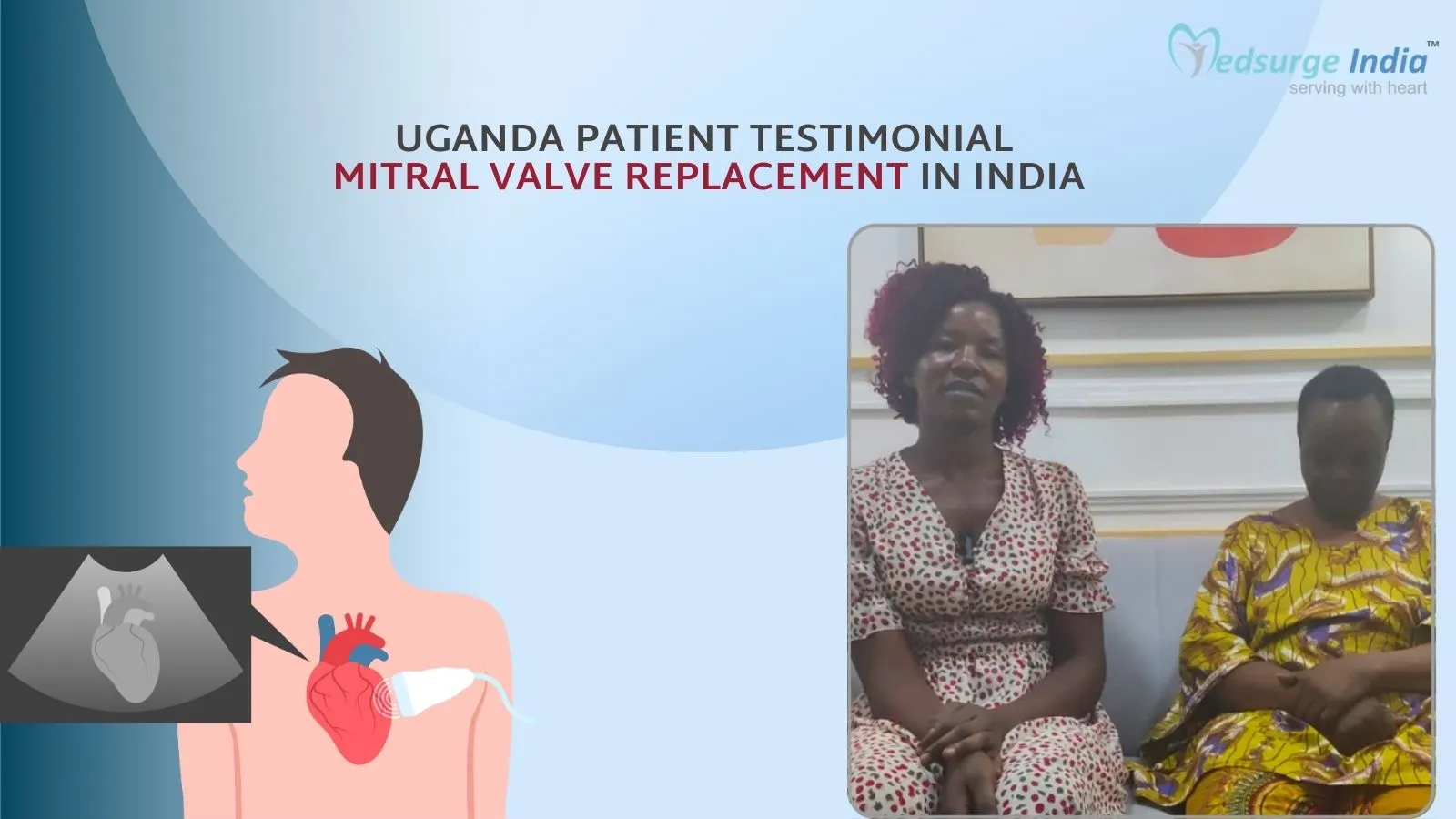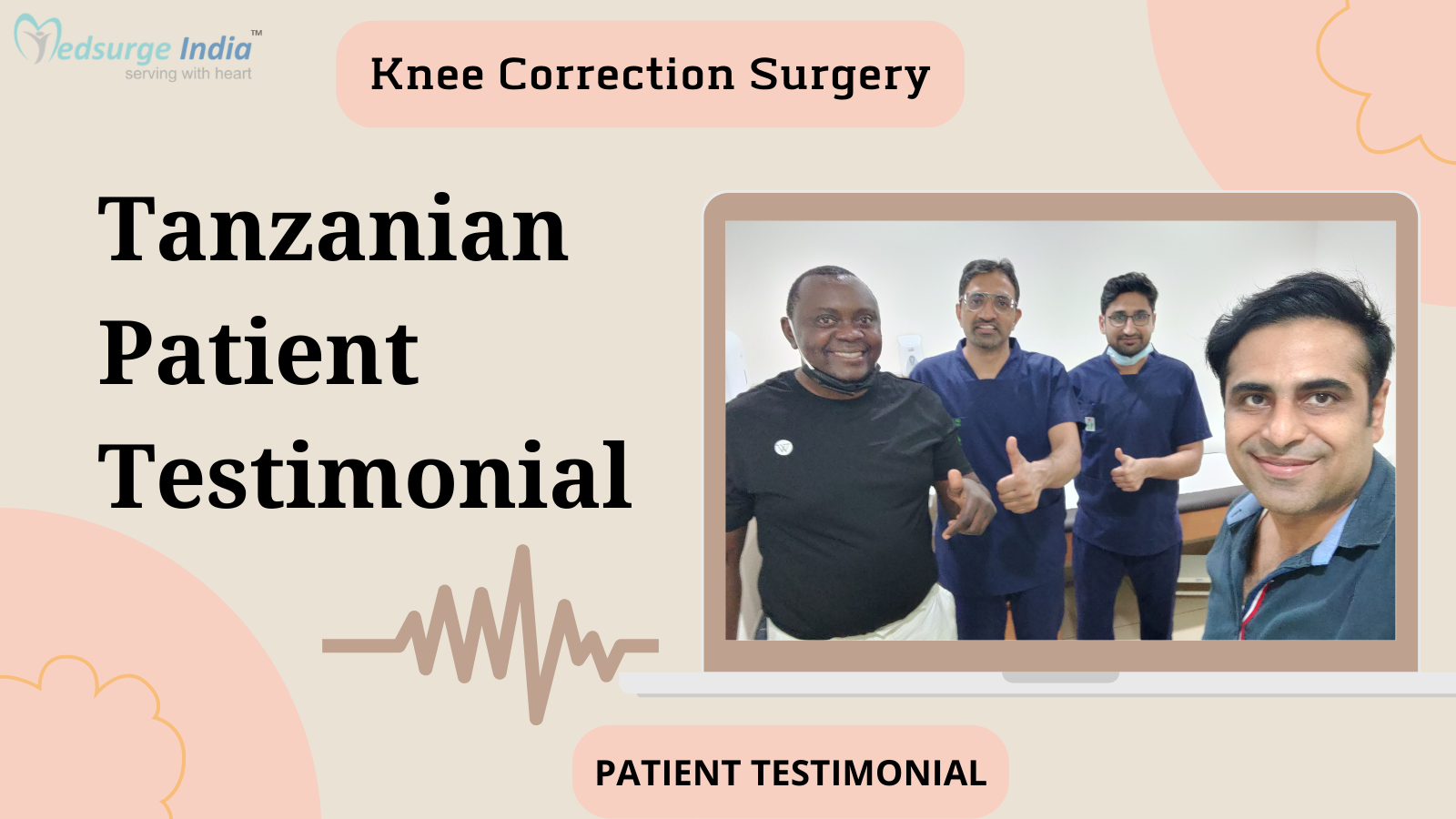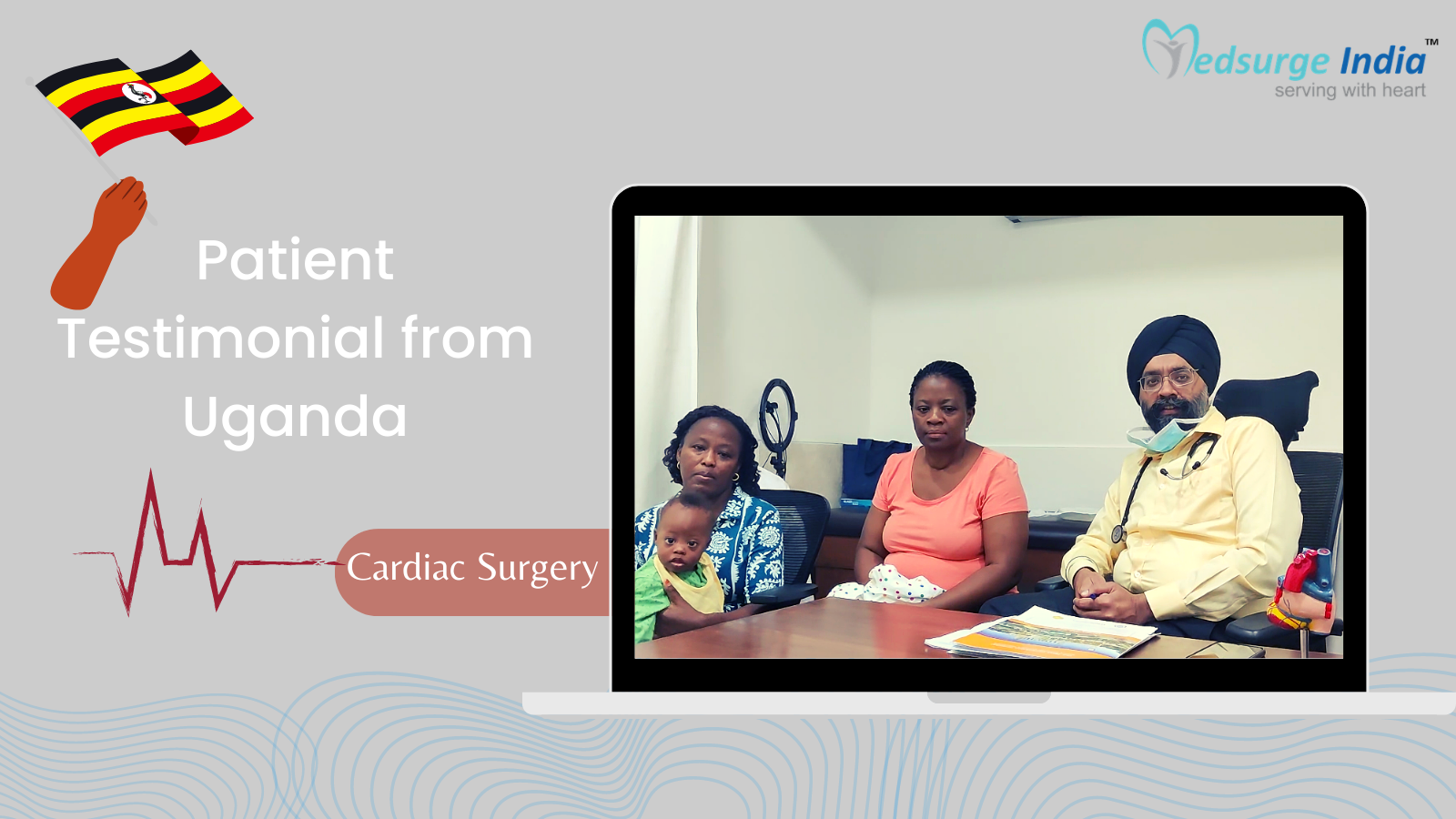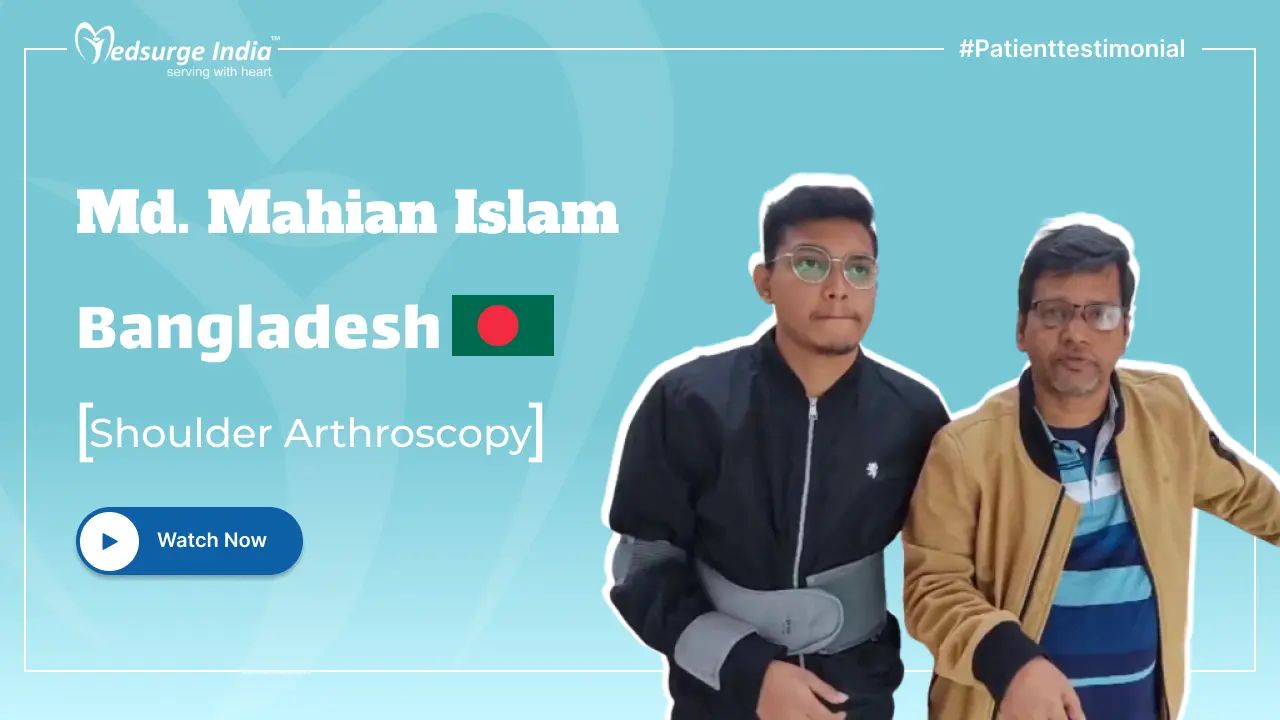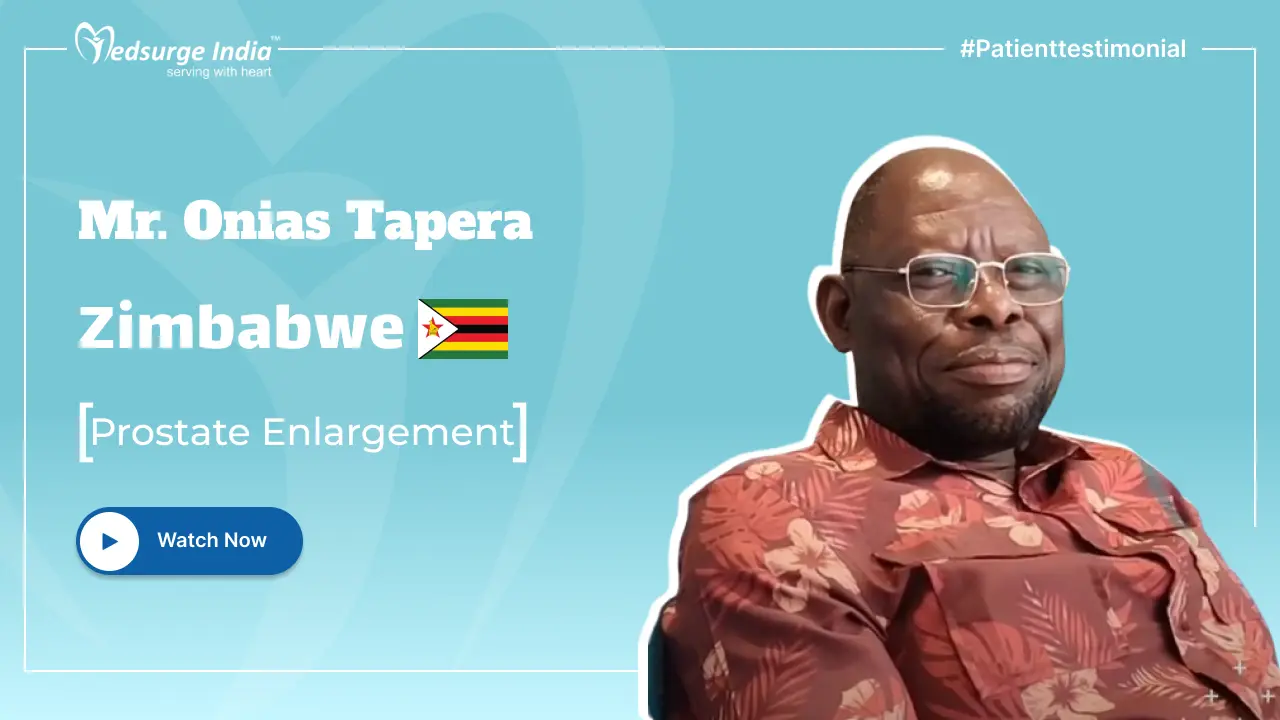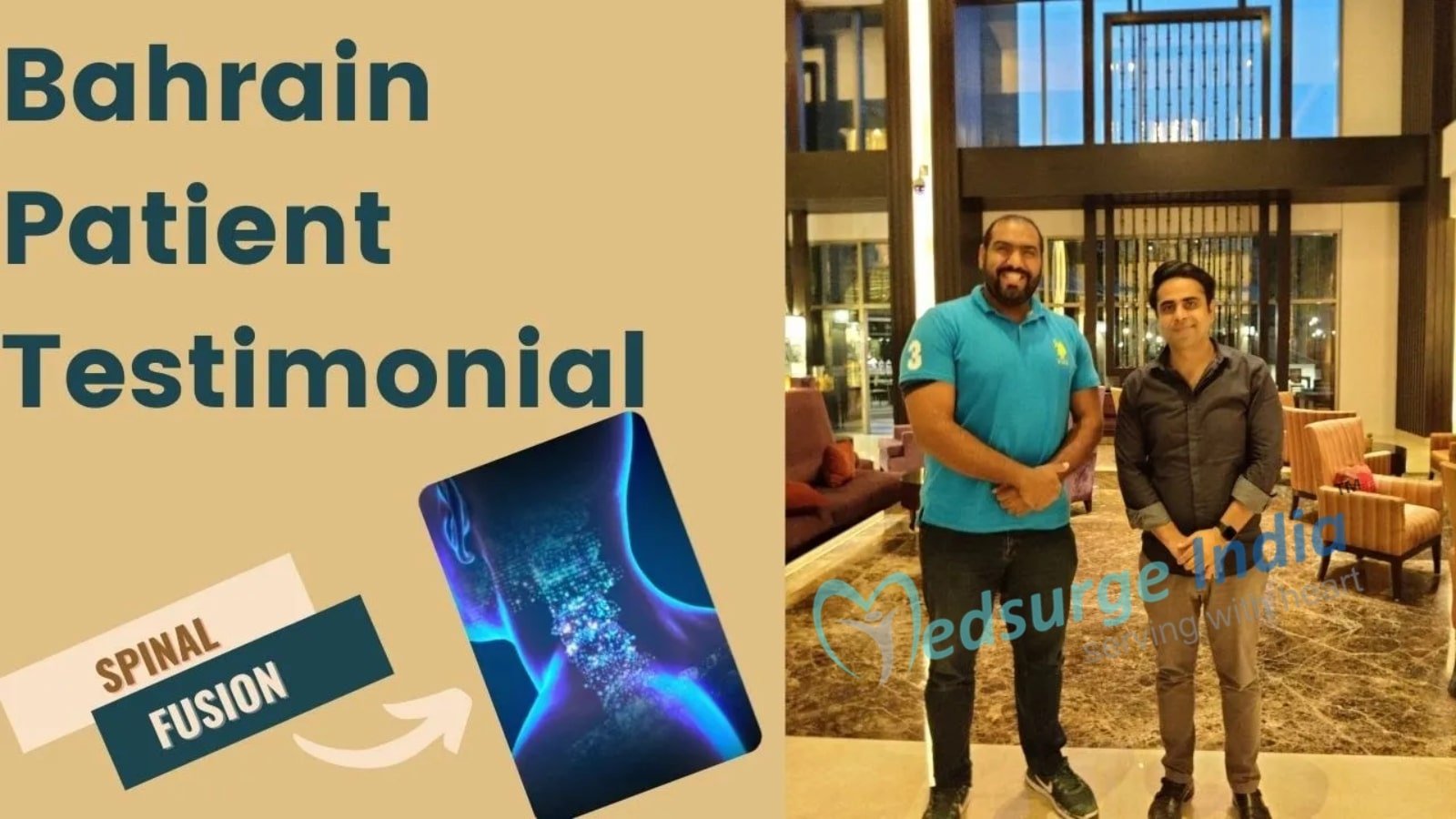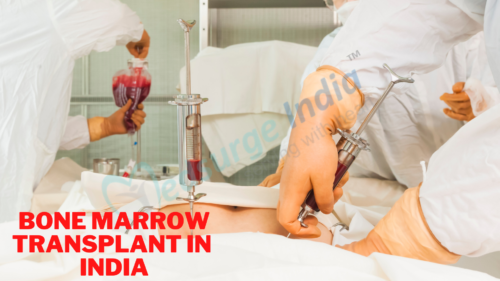
One of the most crucial organs in the body is the heart which pumps blood across the body to supply the cells with oxygen and nutrition. There are four compartments in it. While the left and right ventricles, which are the lower chambers, pump blood out to the rest of the body, the left and right atria, which are the top chambers, receive blood. A healthy heart typically works in this manner.
Truncus arteriosus is a rare congenital heart defect. Blood with and without oxygen mix because there is only one large blood channel. This mixing reduces the amount of oxygen delivered to the body. The volume of blood flowing into the lungs is frequently increased as well. The heart must work harder to compensate for variations in blood flow. Truncus arteriosus is a disorder that can be fatal. Surgery is required to treat the ailment in a newborn in order to restore blood flow and cure cardiac issues. In general, surgery is effective, especially when performed before the infant turns one month old.
India offers Truncus arteriosus surgery at incredibly affordable costs compared to other industrialized economies. The accomplishment may be partially credited to the expertise of the pediatric cardiologist and the cutting-edge medical technology utilized in Indian hospitals. Along with these benefits, India is incredibly popular due to its inexpensive costs without compromising clinical standards.
What Is Truncus Arteriosus?
Truncus arteriosus is a congenital cardiac condition it is also known as the “common arterial trunk”. It takes place when the aorta and pulmonary artery become connected because the blood vessel exiting the growing baby’s heart doesn’t entirely split throughout development. Depending on how the arteries are joined, there are many forms of truncus. A ventricular septal defect, often known as “a hole between the bottom two heart chambers (ventricles)”, is also typically present. Truncus arteriosus is regarded as a serious congenital heart defect since a newborn with this condition may require surgery or other interventions soon after birth. Congenital denotes existing at conception.
In less than one out of every 10,000 live births, truncus arteriosus develops. It can happen on its own or as a symptom of specific genetic illnesses.
Most newborns with cardiac abnormalities like truncus arteriosus have unknown etiology. Because of variations in their genes or chromosomes, some infants are born with congenital cardiac abnormalities. The combination of genes and additional risk factors, such as the mother’s environmental exposures, her diet and lifestyle choices, and the drugs she takes, is also considered to contribute to congenital heart abnormalities.
The following cardiac problems are linked to truncus arteriosus:
- ASD stands for atrial septal defect: Which is a hole in the heart’s wall that divides the organ’s two upper chambers, or atria.
- Damaged aortic arch (incomplete aorta).
- PDA, or patent ductus arteriosus: An abnormal connection between the aorta and pulmonary artery.
Truncus Arteriosus Surgery Cost In India
Truncus Arteriosus surgery cost in India starts from INR 5,41,000 (6,500 USD). India has significantly lower healthcare costs than other countries. Furthermore, the quality of the medical services and treatment provided there is on par with that of the best hospitals in the world. Even without taking into account the expenditures of travel, lodging, and meals.
The entire cost of a Truncus Arteriosus surgery in India can vary depending on a number of criteria, such as
- The price of treatment packages can depend on the hospital’s preference.
- Doctor’s competence and experience in the subject.
- The patient’s situation: The patient’s disease and whether additional modalities are required for comprehensive treatment.
- Duration of hospitalization and stay in the country.
- Need for post-operative care.
- Hospital room classification.
What Are the Symptoms of Truncus Arteriosus?
Due to the heart having to work too hard to pump blood, newborns with truncus arteriosus sometimes exhibit indications of distress immediately after delivery.
Truncus arteriosus symptoms include:
- Skin with a grey or blue tinge (cyanosis)
- Respiratory issues include fast breathing or shortness of breath.
- Extreme slumber
- Heart thumping
- Poor nutrition.
- A quick heartbeat or a feeble pulse
- Sweating
Because the typical symptoms of truncus arteriosus might be mistaken for those of other medical disorders or cardiac issues, it is always advised to visit a pediatric cardiologist for a correct diagnosis.
Why Is India Considered a Top destination for Truncus Arteriosus?
India is presently regarded as one of the top 6 medical travel destinations in the world after recently emerging as a significant medical tourism hub. The business has come a long way, as seen by the tremendous advancements in Indian medical tourism during the past several years. One of the industries that have contributed the most to revenue and is expanding swiftly is healthcare. The healthcare industry is supported by both governmental and private organizations.
For a number of reasons, patients from throughout the world select India for their truncus arteriosus surgery. The availability of state-of-the-art healthcare facilities and highly skilled medical professionals at very inexpensive pricing is the most crucial factor.
In terms of medical tourism, India has an edge over other nations due to the following:
- Most of the medical team members recruited by Indian hospitals have earned their training at hospitals in the US, Europe, or other advanced economies.
- The significant majority of medical specialists are proficient in English.
- Large foreign corporations provide cutting-edge medical and diagnostic technologies to many of India’s leading hospitals.
- India is home to some of the nation’s finest nurses. India has about 1000 accredited nursing training programs, the majority of which are connected to teaching hospitals, and each year close to 10,000 nurses graduate from them.
- Travelers of all backgrounds may afford first-rate services and luxurious accommodations.
How Is Truncus Arteriosus Diagnosed?
Truncus arteriosus is typically identified shortly after birth. The infant may seem bluish or grey and struggle to breathe. A medical professional always checks the baby’s breathing after birth by listening to the baby’s lungs. During this examination, the doctor could detect sounds of fluid in the baby’s lungs if the infant has a truncus arteriosus. A murmur, often known as a whooshing sound, is heard when the healthcare professional listens to the baby’s heart.
To diagnose truncus arteriosus, many tests are used.
- Pulse oximetry: The quantity of oxygen in the blood is measured using a sensor that is applied to the fingertip. A heart or lung condition may be indicated by low oxygen levels.
- Chest X-ray: This examination reveals the health of the heart and lungs. It may display the heart’s size. A chest X-ray can also detect the presence of excess fluid in the lungs.
- Echocardiogram: Sound waves are used in an echocardiogram to produce images of the heart in motion. The primary test for truncus arteriosus diagnosis is this one. It displays the heart’s and heart valves’ blood flow. A single, big artery may be seen emerging from the heart in a newborn with truncus arteriosus, according to the test.
Helpful – Top 10 Cardiologists in India
Get Free Cost Estimation
Procedure
What Is the Treatment Available for Truncus Arteriosus?
Surgery is required for infants with truncus arteriosus to increase blood flow and oxygen levels. Youngsters may require several treatments or operations, especially as they become older. Before surgery, medications may be used to aid with heart health.Truncus arteriosus surgery requires lifelong follow-up exams for children and adults.
Surgery – To restore the heart and blood arteries, surgery is required. Usually, during the first several months of life, this is done. The extent of the child’s illness and the precise form of the lesion determine the repair options. Truncus arteriosus repair surgery aims to establish a distinct flow of blood for the body’s oxygen-rich blood and the lungs’ oxygen-poor blood. Surgery to correct this issue often entails the following steps:
The ventricular septal defect (hole between the bottom chambers of the heart) is often patched.
- Create a new aorta using the original single blood artery to transport oxygen-rich blood from the left ventricle to the body.
- In order to transport oxygen-depleted blood to the lungs, connect the right ventricle to the arteries leading to the lungs with an artificial tube (conduit) and valve.
Most infants with truncus arteriosus survive the surgical correction, but as they age, they can require more surgery or other treatments. As the child grows, for instance, the artificial tube will need to be replaced because it doesn’t expand. Additionally, blood flow obstructions that need to be removed as well as truncal valve issues are possible. A cardiologist (a specialist of the heart) would thus need to check in on a person who was born with truncus arteriosus on a frequent basis to monitor their progress and prevent complications or other health issues.
- Medication – some medications that may be administered prior to truncus arteriosus surgery include:
- Water tablets: These drugs, often known as diuretics, aid the kidneys in removing surplus fluid from the body. Fluid accumulation is a typical sign of heart failure.
- Positive inotropes: These drugs enhance the heart’s ability to pump blood more effectively. They also aid in blood pressure regulation. To treat severe heart failure symptoms, an IV may be injected with positive inotropes.
How to Choose a Hospital in India for Truncus Arteriosus Surgery?
Hospitals that offer Truncus Arteriosus surgery are well known for their services in patient care and hospitality. Some of India’s best pediatric cardiologists, who are leaders in their fields, practice in these facilities. Choosing a reputable hospital for treatment as a foreign patient could be difficult. It is a significant decision that must be made while bearing various considerations in mind, such as:
- Quality certificates and accreditations
- Hospital and transportation facility location
- Team of doctors and surgeons
- Advanced diagnostic and therapeutic equipment
- International patient assistance
How Can Medsurge India Help?
Medsurge India is a prestigious support system for patients looking for doctors, hospitals, and specialized treatments. We’ll find the most suitable medical options for you. Regarding your medical issues, our team will give you a list of certified, reputable, and trusted doctors and hospitals. Additionally, we offer a treatment strategy that fits your budget. Apart, we assist patients with obtaining travel authorizations, medical visas, and a multitude of other things.
The Most Important Frequently Asked Questions
Q: What Surgery Is Used to Treat Truncus Arteriosus?
A: The heart-lung bypass machine is used to support the surgical repair of truncus arteriosus. It consists of three major components: The pulmonary arteries are separated from the main truncus. Using a patch to close the ventricular septal defect.
Q: Is It Possible to Live a Long Life with Truncus Arteriosus?
A: Conclusions: Survival and functional status are excellent ten to twenty years after truncus arteriosus repair in infants.
Q: How Long Does It Take to Have CHD Surgery?
A: The number of grafts required will be determined by the severity of your coronary heart disease and the number of narrowed coronary blood vessels. A coronary artery bypass graft is performed under general anesthesia, which means you will be unconscious throughout the procedure. It typically takes 3 to 6 hours.
Q: Is Truncus Arteriosus Inherited?
A: It is unknown what causes truncus arteriosus. It has been proposed that some cases may arise as a result of the interaction of numerous genetic and environmental factors (multifactorial inheritance).
Q: Which of the Following Is the Most Common Type of Truncus Arteriosus?
A: Truncus arteriosus type 1: The most common form, accounting for approximately 60% of all cases. Once the main pulmonary artery separates from the common trunk, the right and left pulmonary arteries branch off. Truncus arteriosus type 2: The right and left pulmonary arteries branch from the common trunk directly.
Top Hospitals for Truncus Arteriosus Surgery In India
Top Doctors for Cardiology And Cardiac Surgery
Dr. Rishab Mathur
Consultant
Experience: 14 years of experience
Metro Mas Hospital, Jaipur
Jaipur, India
Dr. Anup Khetan
Senior Consultant
Experience: 25+ years of experience
NH Rabindranath Tagore International Institute of Cardiac Sciences, Kolkata
Kolkata, India
Dr. Vinay Kumar Bahl
Director
Experience: 44 years of experience
Max Super Specialty Hospital, Saket
New Delhi, India
Dr. Soma Das
Senior Consultant
Experience: 15+ years of experience
NH Rabindranath Tagore International Institute of Cardiac Sciences, Kolkata
Kolkata, India
Dr. Auriom Kar
Senior Consultant
Experience: 13+ years of experience
Narayana Multispeciality Hospital, Barasat, Kolkata
Kolkata, India
Dr. Bikram K. Mohanty
Director
Experience: 25 years of experience
Venkateshwar Hospital, New Delhi
New Delhi, India
Dr. Y K Mishra
Director
Experience: 35 years of experience
Manipal Hospitals Dwarka, Delhi
New Delhi, India
Dr. Sreekanth Shetty
Senior Cardiologist Consultant
Experience: 23 years of experience
Sakra World Hospital, Bangalore
Bangalore, India
Dr E A Padma Kumar
Senior Consultant
Experience: 31 Years
Medicover Hospital, Hitec City
Hyderabad, India

